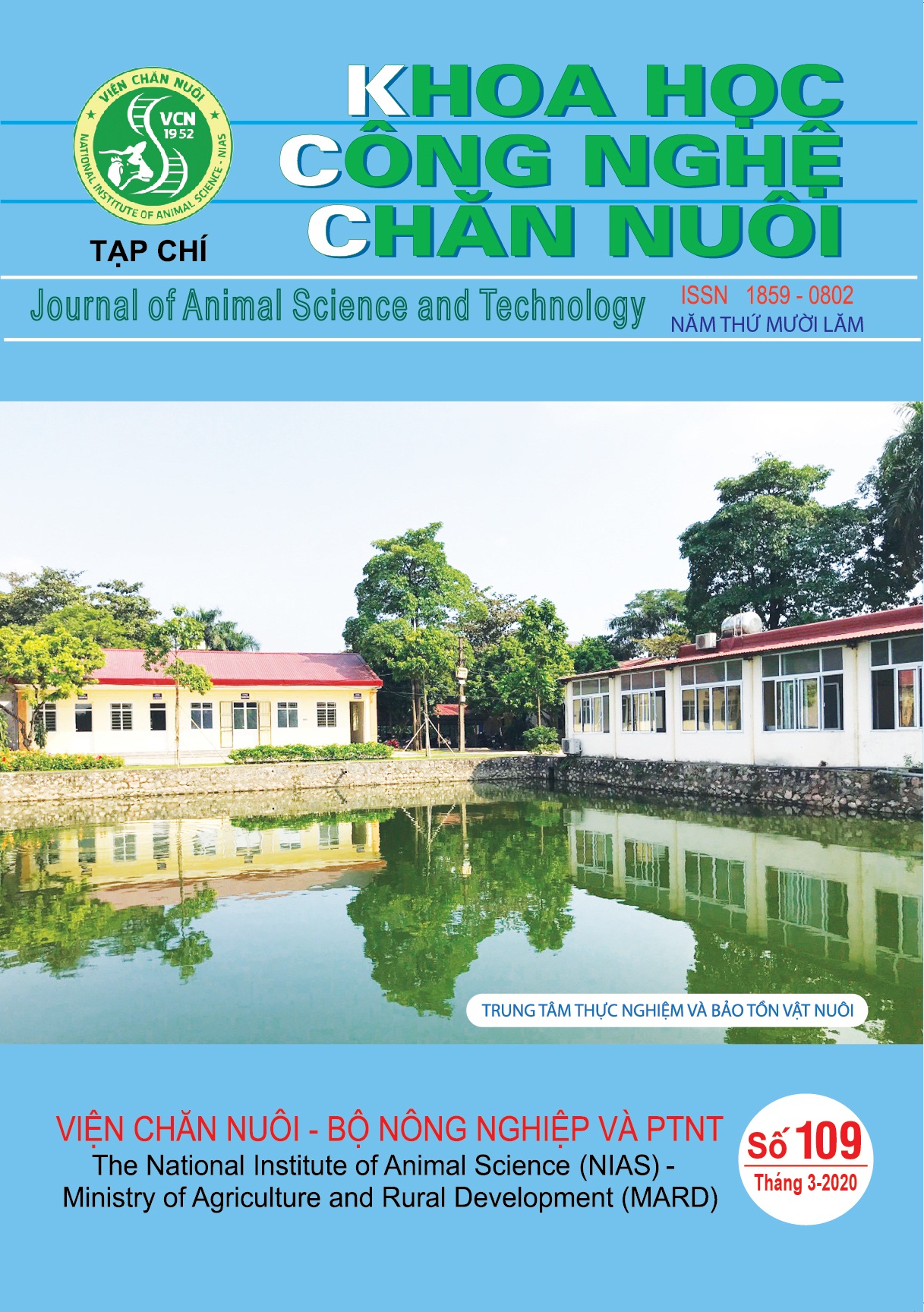Assessing the source of tea by-products as supplementary feed in cattle production
Conducting tea sampling surveys in three provinces with relatively large tea growing areas of the country are Thai Nguyen, Bac Kan and Phu Tho. For each province, select 03 districts with large tea growing areas in three regions with specific climate of each province then select three communes per districts, choose 3 villages per communes, select households/villages to get Tea samples are based on the following criteria: (i) 10% number of households had area of <10 sao (one sao equal to 360 m2); (ii) 10% number of households had area of from 10 to 100 sao accounted for 10% and (iii)10% number of households had area of> 100 sao. The harvested tea samples must be processed by manual methods and industrial machines. The monitoring indicators include: (i) Tea varieties, productivity, processing methods, types of by-products and number of by-products; (ii) Chemical composition and nutritional value of tea by-products; (iii) Influence on tea variety, locality, crop, amount of by-products and nutritional characteristics of tea by-products. The results show that: The output of dried tea by-products in the three provinces estimated at 9.6 thousand tons/year, equivalent to 11.49% of the total amount of dried tea. Thai Nguyen has the largest amount of by-products, followed by Phu Tho and Bac Kan with 4.8; 4.0 and 0.8 thousand tons. The method of processing by industrial machine will give tea with the rate of tea by-products also lower than the traditional manual method 8.28 compared to 17.81%. The parametters of CP, NDF and tannin of the surveyed tea varieties ranged from 16.7-19.9 respectively; 26.5-28.2 and 27.1-29.8% dry matter.

